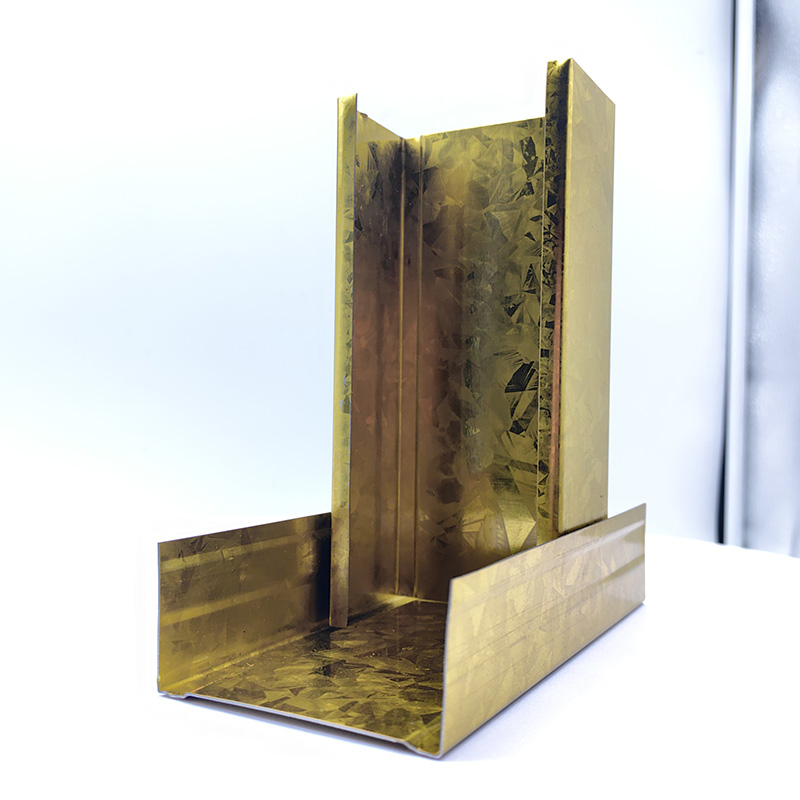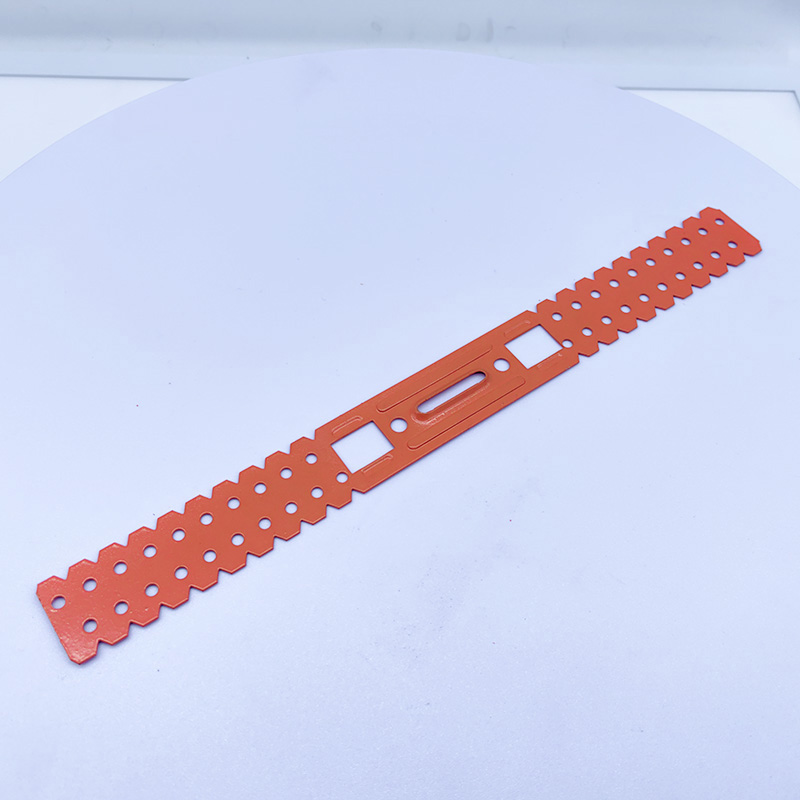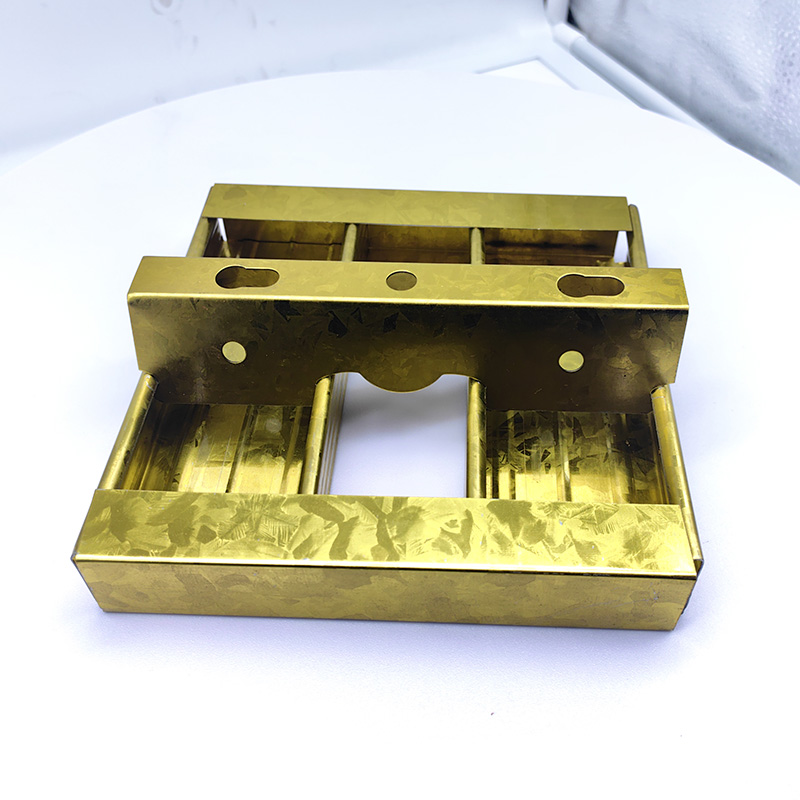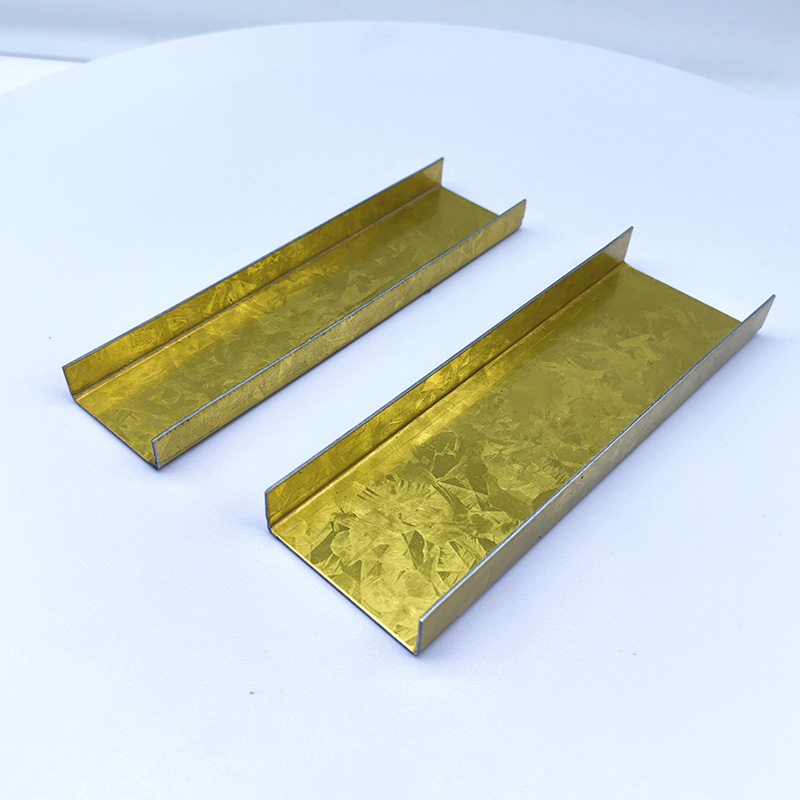A Comprehensive Guide to Selecting Wall Corner Protectors: Full Analysis of Materials, Specifications, and Installation Points
2025-05-11 21:03:21
I. Introduction
In daily family life, wall corners are always prone to being "damaged". Whether it's due to bumps during the movement of furniture or collisions from children or pets playing at home, wall corners can easily suffer from issues such as breakage and paint peeling. Wall corner protectors, acting as the "little guardians" of wall corners, not only effectively reduce the damage caused by collisions but also add a unique aesthetic touch to the living space.
II. Comparison of Core Performances of Wall Corner Protectors
2.1 Analysis of Protective Performance
Metal corner protectors, with their high strength, can withstand strong impacts. They are suitable for public areas or commercial premises with high foot traffic and a high risk of collisions.
2.2 Durability and Maintenance
Durability and ease of maintenance significantly impact the long-term user experience of wall corner protectors. Metal protectors excel in anti-aging and corrosion resistance, resulting in a long service life. However, their surfaces may get scratched. In terms of maintenance, metal corner protectors can be simply wiped clean with a damp cloth.
2.3 Considerations for Environmental Friendliness and Safety
The health and safety of the home environment should not be overlooked, and the environmental friendliness and safety of wall corner protectors are equally important. When choosing materials, prioritize products that meet environmental standards to avoid the release of harmful substances from the protectors that could affect the health of family members. Consumers can make selections based on their actual needs to add an extra layer of safety to their homes.
III. Selection of Wall Corner Protector Specifications
3.1 Length Specifications
Wall corner protectors come in a variety of length specifications to meet different usage requirements. Short protectors are generally suitable for repairing local damage to wall corners. They are easy to operate and cost-effective. Long protectors, on the other hand, are ideal for providing comprehensive protection to entire wall corners, effectively reducing splicing marks and enhancing aesthetics. When determining the length, it is necessary to first measure the actual height of the wall corner and leave a certain margin to ensure that the protector can fully cover the corner and achieve the desired protective effect.
3.2 Width and Thickness Specifications
The width and thickness of corner protectors directly affect both the protective performance and aesthetics. Wider and thicker protectors offer stronger protection but may appear visually obtrusive, affecting the overall harmony of the wall surface. Narrower and thinner protectors, while more aesthetically pleasing, have relatively weaker protective capabilities. Generally, for wall surfaces with fragile materials or areas with high collision frequencies, wider and thicker protectors can be chosen. In areas where aesthetics are a priority, such as the corners of decorative walls in the living room, slightly narrower and thinner protectors may be more appropriate. Additionally, it is necessary to consider the load-bearing capacity of the wall surface to avoid damage caused by overly heavy protectors.
IV. Key Points for Wall Corner Protector Installation
4.1 Preparation of Installation Tools
Before installing wall corner protectors, it is essential to prepare the necessary tools, which mainly include a tape measure, scissors, glue, nails, and a level. The tape measure is used to accurately measure the length of the wall corner and the cutting size of the protector. Scissors can be used to cut the protector. Glue or nails are used to secure the protector, and the level ensures that the protector is installed vertically and flatly, improving the installation quality.
4.2 Detailed Installation Steps
First, clean the wall corner. Use a damp cloth or cleaner to remove dust, oil, and other debris from the wall surface to ensure it is clean and flat, which is the foundation for the protector to adhere firmly. Next, use the tape measure to measure the length of the wall corner and cut the protector with scissors according to the measurement results. Pay attention to precise cutting to avoid errors. In the fixation step, if using glue for adhesion, evenly apply glue to the back of the protector, then quickly press it onto the wall corner and hold it for a few seconds to secure it. If using nails for fixation, first mark the drilling positions on the protector, use an electric drill to make holes, and then nail them in place. During the installation process, use a level frequently for calibration and adjust the position of the protector in a timely manner to ensure it is vertical, flat, and tightly fitted to the wall corner.
4.3 Installation Precautions
When installing wall corner protectors, operate carefully to avoid scratching the wall surface with tools. At the same time, different materials of protectors have special installation requirements. For example, when drilling holes for metal protectors, control the force to prevent the wall from cracking. In addition, installers should also pay attention to their own safety and strictly follow the operating procedures when using tools such as electric drills to prevent accidents.
V. Summary and Recommendations for Purchase
The selection of wall corner protectors requires a comprehensive consideration of core performance, specifications, and installation points. In terms of performance, weigh factors such as protection, aesthetics, durability, environmental friendliness, and safety according to the usage scenario and needs. When choosing specifications, determine the length, width, and thickness based on the actual situation of the wall corner. During installation, prepare the tools, follow the steps for standardized operation, and pay attention to the special requirements of different materials. In addition, selections should also be made in conjunction with the decoration style and budget. Only in this way can you choose wall corner protectors that not only meet the protection needs but also fit the home style, providing comprehensive protection and beautification for the home wall corners.

A Double Anti-Rust Gold Partition Wall Stud is a type of steel stud commonly used in the co...

A CD UD Profile Furring Clip U Clamp is a type of metal fastening component used in the ins...

A 60mm Ceiling Grid refers to a type of suspended ceiling system, commonly used in commerci...

38mm Main Tee and 50mm Main Tee refer to the widths of the main tee profiles used in suspen...

